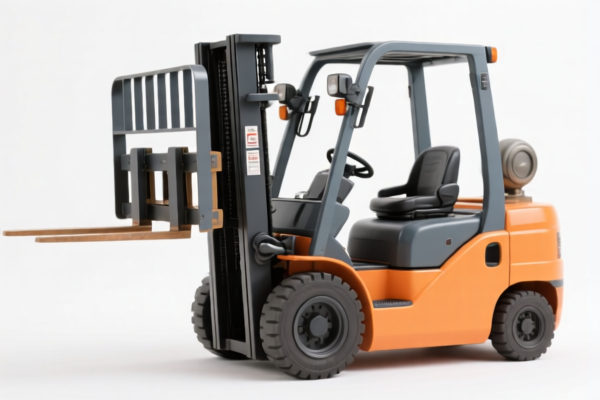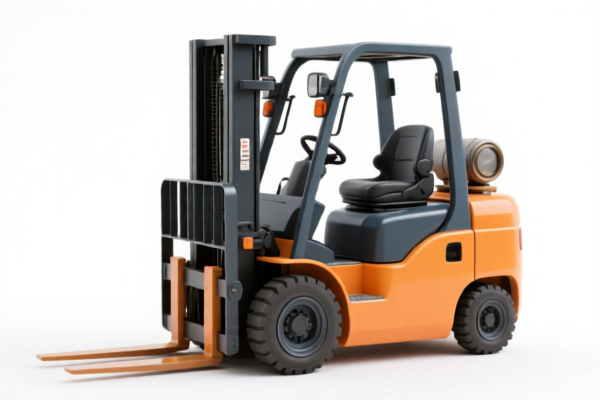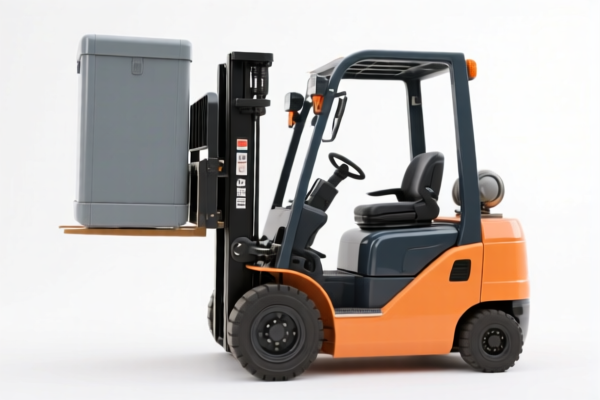| HS Code | Official Doc | Tariff Rate | Origin | Destination | Effective Date |
|---|---|---|---|---|---|
| 84122100 | Doc | Error | CN | US | 2025-05-12 |




Understanding the Classification of Hydraulic Cylinders (HS Code 8412.21.00)
This document provides a detailed breakdown of the HS code 8412.21.00 classification for Hydraulic Cylinders, Single-Acting, originating from China (CN). We'll cover the code's structure, what it encompasses, potential tax implications, and important considerations for import/export.
1. HS Code Breakdown: 8412.21.00
The Harmonized System (HS) code is a globally standardized system of names and numbers to classify traded products. Here's how 8412.21.00 breaks down:
- Chapter 84: Boilers, machinery and mechanical appliances; parts thereof. This chapter broadly covers a wide range of industrial machinery.
- 8412: Hydraulic engine-pumps and turbines, and parts thereof. This narrows the focus to hydraulic power-related equipment.
- 8412.21: Hydraulic cylinders, single-acting. This specifically identifies single-acting hydraulic cylinders.
- 8412.21.00: Further specifies single-acting hydraulic cylinders – this is the most granular level of classification.
2. What does 8412.21.00 cover?
This HS code specifically applies to single-acting hydraulic cylinders.
- Single-Acting Cylinders: These cylinders use hydraulic pressure to move in one direction (e.g., extend), and rely on a spring or gravity to return to their original position. Common applications include:
- Vehicle lifts (smaller ones)
- Agricultural equipment (e.g., tipping trailers)
- Construction machinery (smaller applications)
- Industrial presses (smaller applications)
Important Note: Double-acting cylinders (which use hydraulic pressure for both extension and retraction) would fall under a different HS code, typically 8412.29.00. It's crucial to correctly identify the cylinder type.
3. Tax Implications (China Origin)
The provided data indicates "Failed to retrieve tax information" and "Error" for total tax. This means we cannot provide accurate tax rates at this time. Tax rates are highly dependent on:
- Importing Country: Each country applies its own tariff rates based on its trade agreements and policies.
- Material Composition: The specific materials used in the cylinder's construction (e.g., steel alloy, stainless steel) can affect the tariff rate.
- Value of the Goods: The declared value (CIF value – Cost, Insurance, and Freight) is a primary factor in calculating duties.
- Trade Agreements: Any existing trade agreements between China and the importing country may offer reduced or zero tariff rates.
Action Required: You must determine the importing country to obtain accurate tax information. Consult the customs tariff schedule of the destination country. Online tariff databases (e.g., those provided by customs authorities or trade organizations) are helpful resources.
4. Important Considerations & Potential Requirements
- Material Declaration: Be prepared to provide a detailed material composition breakdown of the hydraulic cylinder. This is often required by customs authorities to verify the correct tariff classification.
- Technical Specifications: Having the cylinder's technical specifications (bore, stroke, pressure rating) readily available can be helpful.
- Certification: Depending on the importing country, you may need to provide certifications demonstrating compliance with safety or quality standards (e.g., ISO certifications). Check the specific requirements of the importing country.
- Valuation: Ensure accurate valuation of the goods (CIF value). Under-declaration can lead to penalties.
- Single vs. Double Acting: Double-check the cylinder's operation to confirm it is truly single-acting. Incorrect classification can lead to significant issues.
- Country of Origin: Verify the country of origin is accurately declared as China.
Disclaimer: This information is for general guidance only and does not constitute professional customs advice. Always consult with a qualified customs broker or consultant for specific import/export requirements.
Customer Reviews
Very helpful for someone trying to export hydraulic cylinders. The detailed breakdown of the HS code and the note on single vs. double acting cylinders was a lifesaver!
It's a good start, but I was hoping for more specific tariff details for importing to the US. Still, the technical specs and classification help.
The HS code structure explanation was really clear. I wish the tariff rate was available, but the info on how to find it was useful.
Great breakdown of HS Code 8412.21.00 for single-acting hydraulic cylinders. Helped me understand what it covers and the differences with double-acting cylinders.